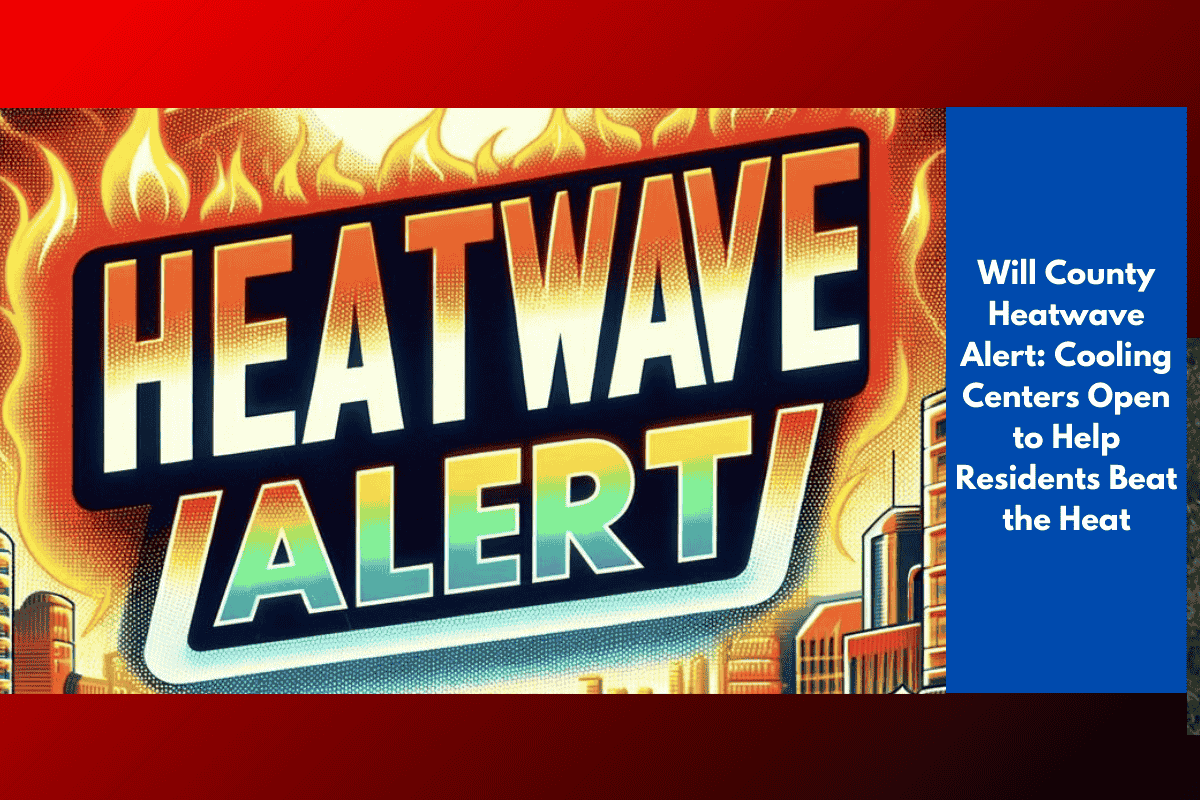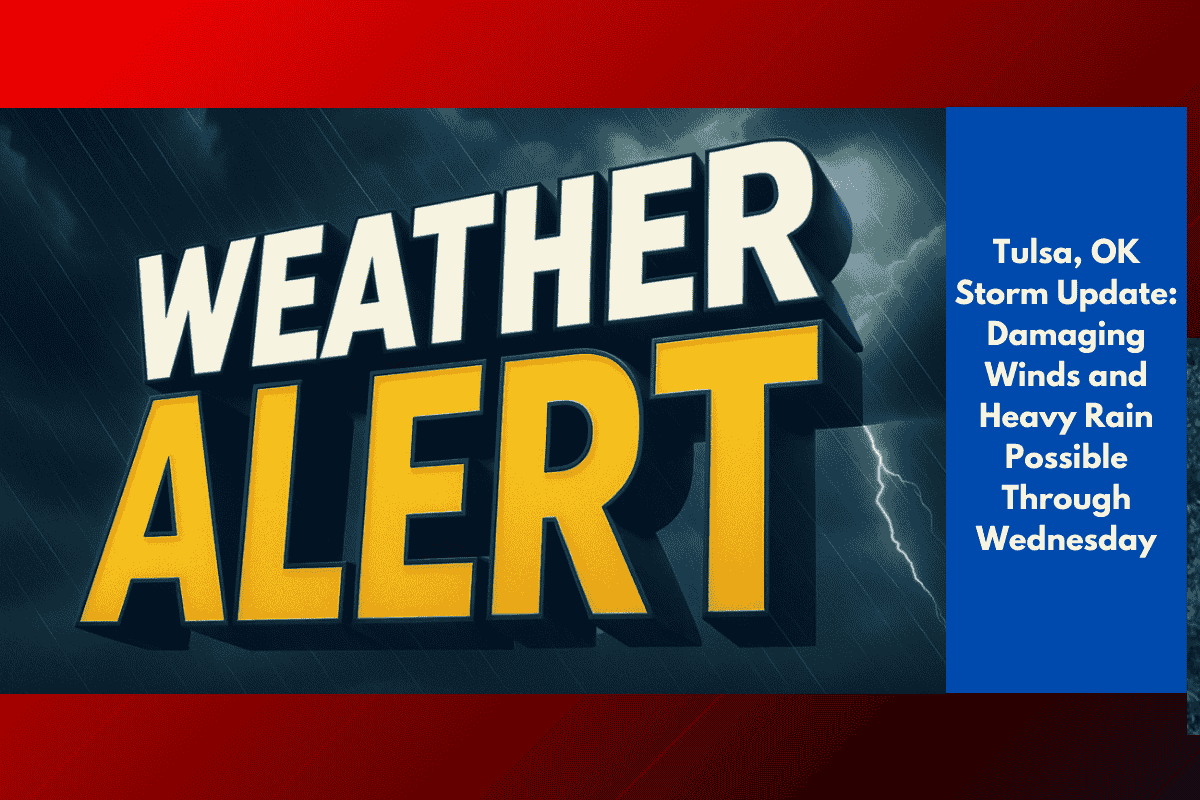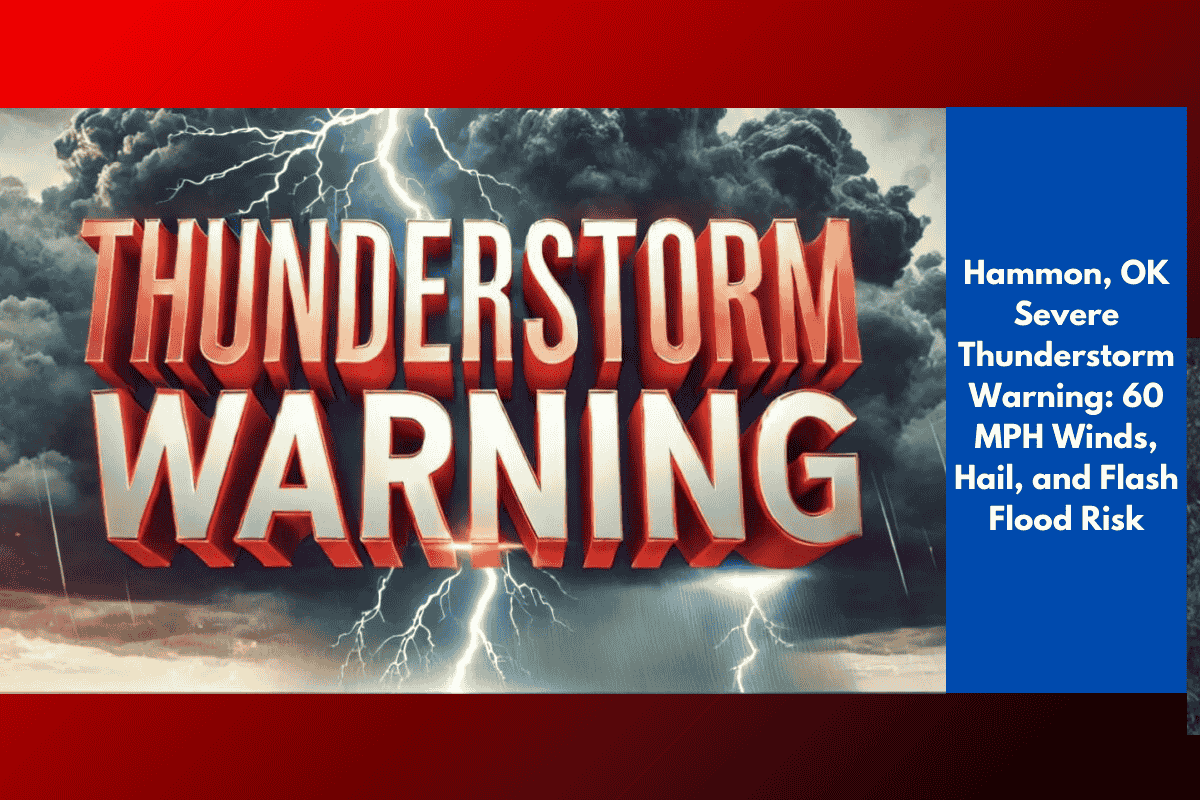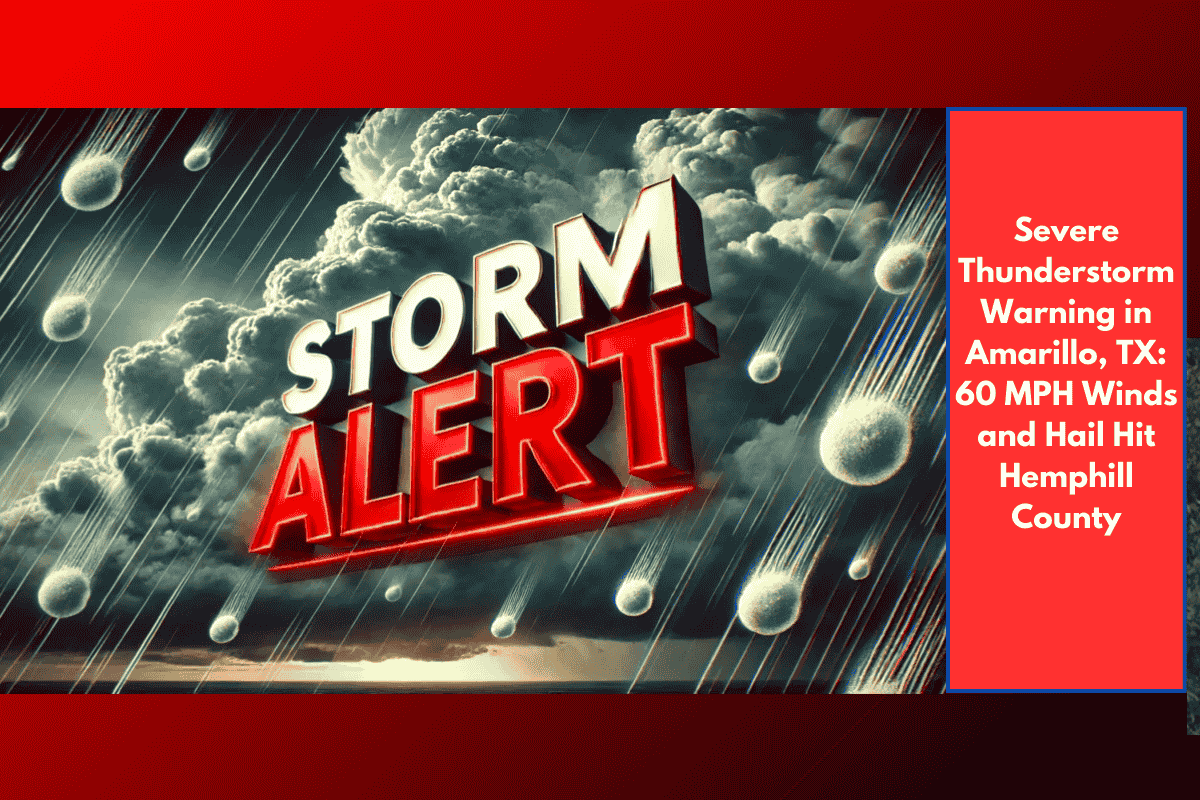If you’re spending Labor Day evening in Ohio, Kentucky, or Indiana, keep your eyes on the sky—you might just witness the northern lights, a rare treat for this region. A solar storm arriving on Monday has created the perfect conditions for a possible aurora display tonight, turning the holiday into a night to remember.
What’s Causing the Northern Lights Tonight?
Earlier this afternoon, the National Oceanic and Atmospheric Administration (NOAA) confirmed that a coronal mass ejection (CME) from the sun reached Earth’s magnetic field just before 5 p.m. EDT. This burst of solar energy, first tracked about 1 million miles away, has triggered G2 to G3-level geomagnetic storm watches for Monday night.
These storm levels are strong enough to push the aurora borealis far south of its usual path, potentially making it visible across parts of the Ohio Valley, including areas in:
Central and Northern Ohio
Southern Indiana
Northern and Eastern Kentucky
Best Times and Places to Watch
If you’re hoping to catch a glimpse of the northern lights tonight, here are some quick tips:
When to watch: Start looking just after sunset and keep checking through the overnight hours.
Where to go: Rural areas away from city lights offer the best view. The darker the sky, the more likely you’ll see the glow.
Weather conditions: With clear skies expected in some parts of the region, viewing conditions could be ideal.
You can improve your chances by facing north and finding a wide, unobstructed view of the sky.
What Makes This Event Special?
Northern lights are usually seen near the Arctic Circle, in places like Alaska or Canada. Seeing them in the Ohio Valley is rare, and the fact that it’s happening on Labor Day evening makes it even more exciting.
NOAA explains that the visibility and brightness of the aurora will depend on the orientation of the magnetic field within the solar storm. If it tilts southward, the storm could intensify—leading to brighter and more widespread auroras across the region.
Could There Be Any Impacts?
While the main focus is on the beautiful night sky, NOAA does mention that minor disruptions could occur:
GPS systems may experience slight interference
Satellite services could be briefly affected
However, these impacts are expected to be minimal, with the most noticeable effect being a potentially dazzling aurora.
How to Stay Updated
Because auroras are tricky to predict perfectly, it’s a good idea to check live updates throughout the night. For the latest alerts and real-time aurora forecasts, visit:
It’s not every day that a solar storm brings the northern lights to the Ohio Valley—especially on a holiday night. Whether you’re stargazing with friends or winding down from Labor Day celebrations, look north and stay patient. You might just catch a glowing, colorful sky that you’ll never forget.














